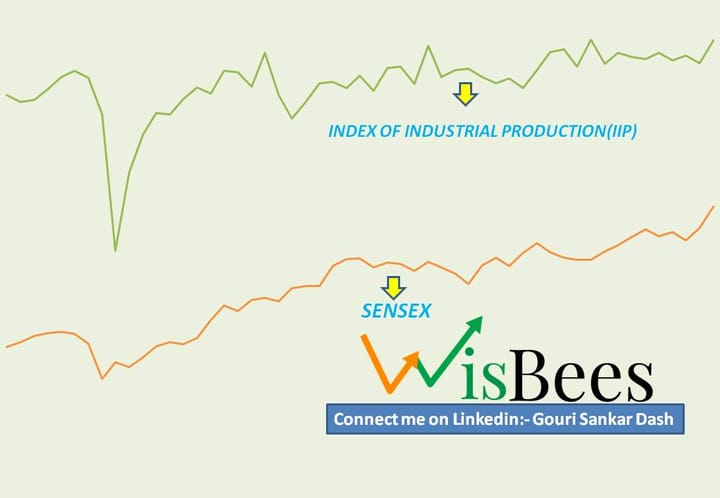Utility Score and Risk Aversion

Risk aversion is a term used to describe the tendency of individuals to prefer a certain outcome over an uncertain one, even if the expected value of the uncertain outcome is higher than the certain outcome. This preference for certainty is often expressed in terms of a utility function, which assigns a numerical value to different outcomes based on the individual's preferences.
Under Standing Utility Score of a Portfolio
The utility score of a portfolio is a measure of the overall satisfaction or happiness that an investor derives from the portfolio's performance, taking into account the investor's risk aversion and preferences. The formula for the utility score of a portfolio is:
where U(P) is the utility score of the portfolio, E(r)) is the expected return of the portfolio, 𝛔-square is the variance of the portfolio's return, and A is the investor's risk aversion coefficient.
The formula can be broken down into two parts. The first part, E(r), represents the expected return of the portfolio, which is the average return that the investor can expect to earn from the portfolio over a given period of time. The second part, ((1/2) x A x 𝛔-square), represents the risk penalty that the investor incurs for taking on risk. The risk penalty is proportional to the investor's risk aversion coefficient (A) and the variance of the portfolio's return (𝛔-square).
Example:-
Let's consider a simple example to illustrate the concept of the utility score of a portfolio. Suppose an investor has a risk aversion coefficient of 2 and is considering two portfolios: Portfolio A and Portfolio B. The expected returns and variances of the two portfolios are as follows:
Portfolio A: the expected return of 11% and variance(𝛔-square) of 10%
Portfolio B: the expected return of 15% and variance(𝛔-square) of 25%
Using the formula for the utility score of a portfolio, we can calculate the utility scores of each portfolio for the investor:
Portfolio A:
U(A) = E(r) - (1/2) x A x 𝛔-square)
= 11% - (1/2) x 2 x 10%
= 11% - 10%
= 1%
Portfolio B:
U(B) = E(r) - (1/2) x A x 𝛔-square)
= 15% - (1/2) x 2 x 25%
= 15% - 25%
= -10%
Portfolio A has a higher utility score than Portfolio B, indicating that it provides the investor with a higher level of satisfaction.
Key Takeaways:-
- Risk aversion is an investor's preference for a certain outcome over an uncertain one, even if the expected return of the uncertain outcome is higher.
- The utility score of a portfolio is a measure of an investor's satisfaction with the portfolio's performance, taking into account their risk aversion and preferences.
- The relationship between risk aversion and the utility score of a portfolio is such that as the risk aversion coefficient increases, portfolios with higher levels of risk will have lower utility scores for more risk-averse investors.



